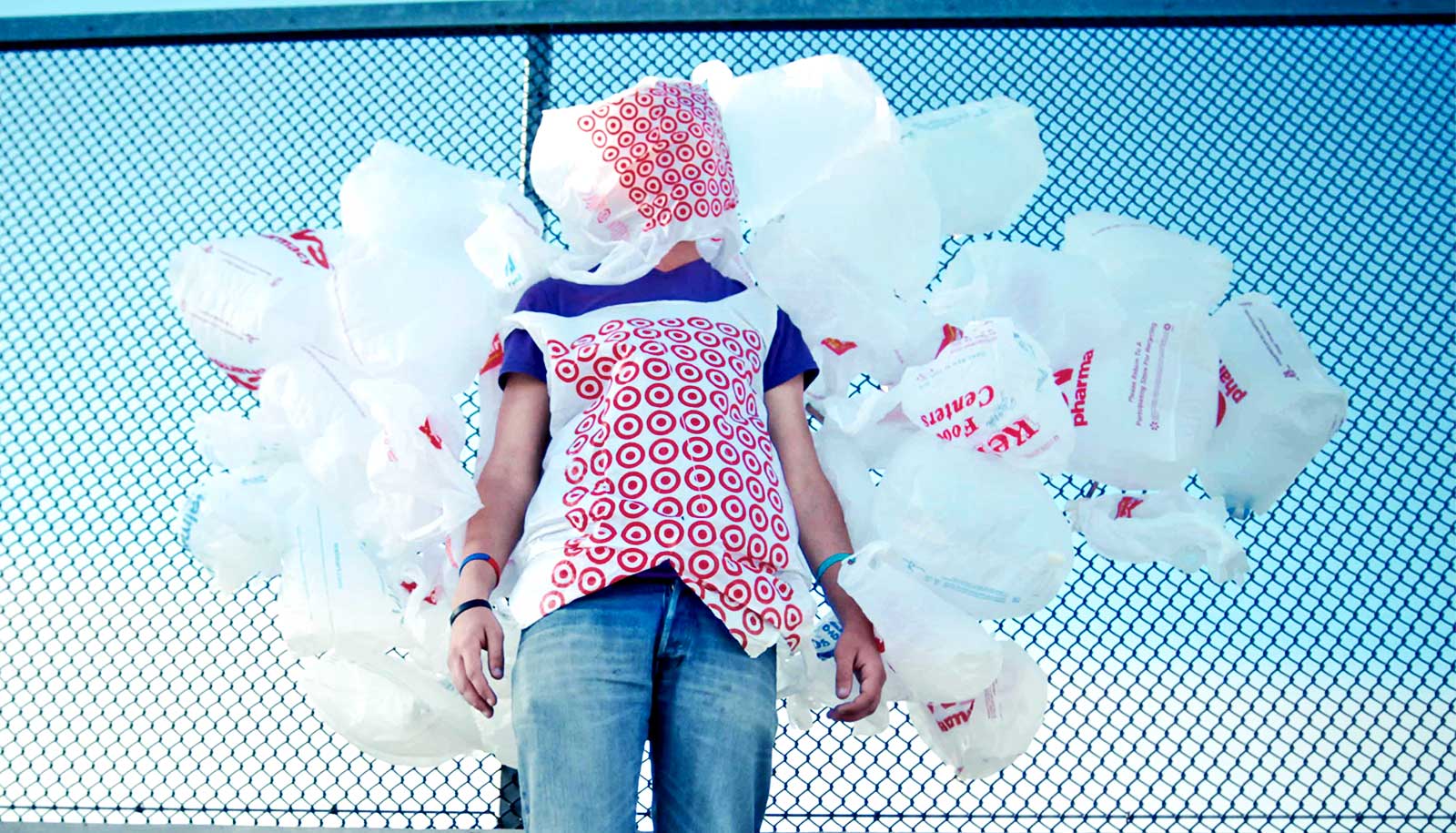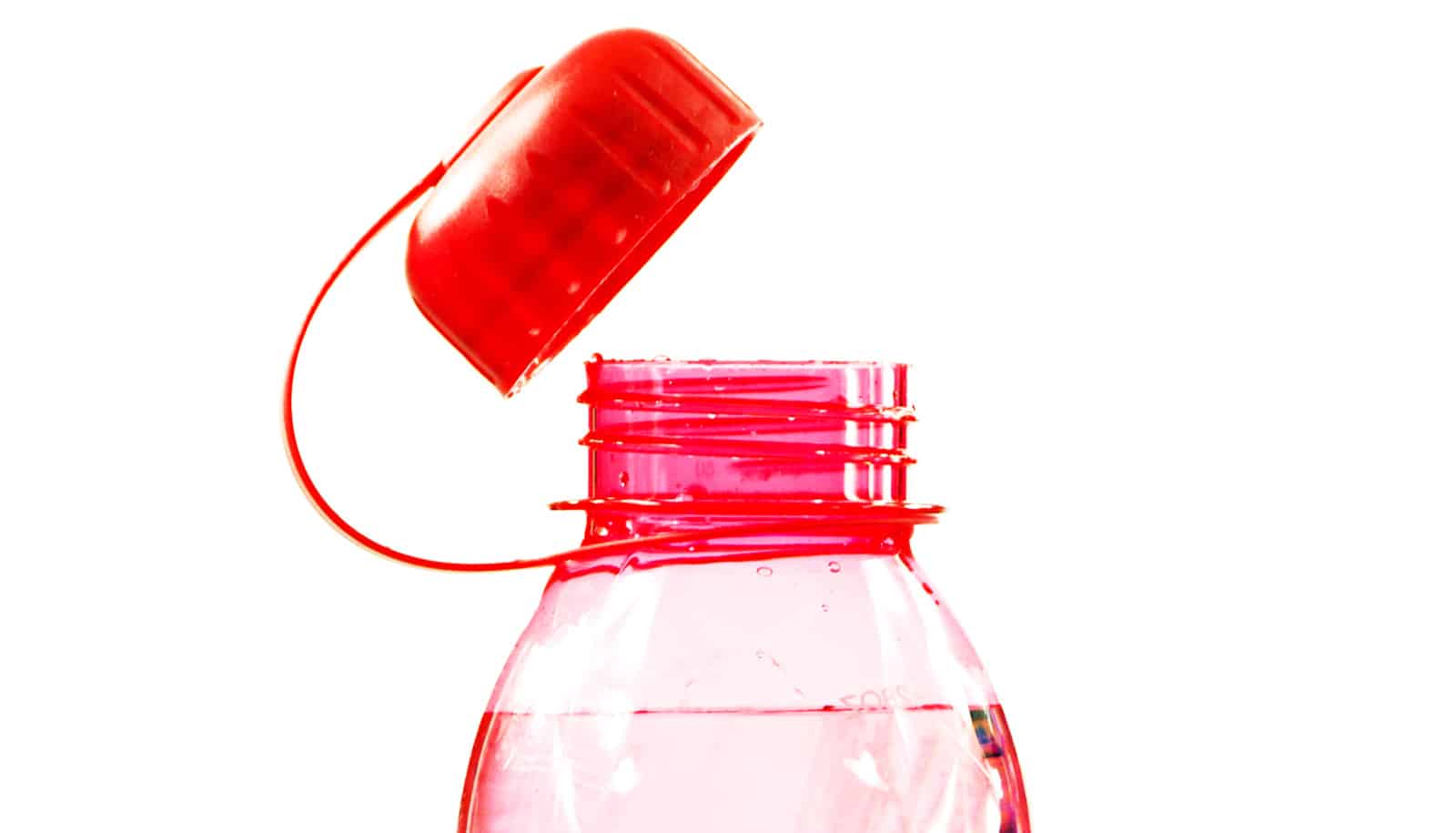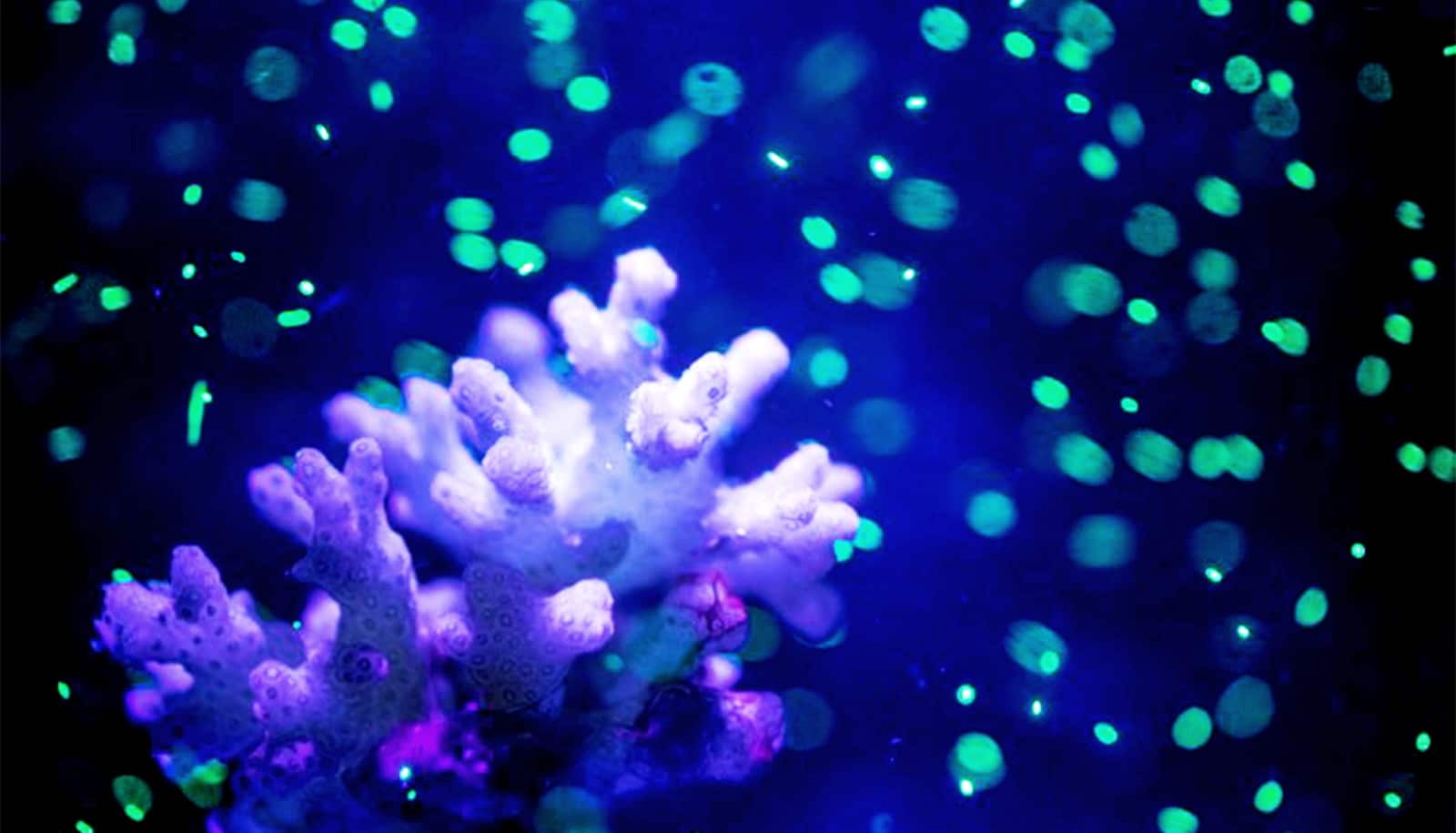The COVID-19 pandemic will likely increase plastic pollution, Fengwei (David) Xie argues.
Xie works on developing green processes and green materials for greater resource efficiency and reduction in wastes and carbon footprints. His research focuses on green/bio-polymers for sustainability, environmental protection, and health.
Here, Xie, a fellow at the International Institute for Nanocomposites Manufacturing at the University of Warwick, breaks down why the pandemic could boost plastic waste:
Since 2018 when China started the ban on plastic waste imports, developed countries have been in a movement to reduce plastic wastes. Goals have been set to eliminating single-use plastic items such as bags, straws, and cutlery. Besides, there has been discussion regarding the reduction of plastic wastes from laboratories and hospitals.
However, under the influence of the unprecedented COVID-19 pandemic starting in early 2020, we may now need to re-think the question: Is the future more plastic?
Protecting health or the environment
For our current battle to fight the COVID-19 pandemic, we see a dramatically increasing demand for personal protective equipment (PPE) which [is comprised of] various plastic and rubber items.
Most typically, gloves are essential for health care workers. While latex gloves are biodegradable because its material is extracted from rubber trees, nitrile and vinyl gloves that are made from synthetic polymers are not biodegradable.
In this sense, if only latex gloves are used by health workers, fighting the disease is unlikely to cause much environmental pollution. However, there are many other health-related items that are made of synthetic polymers and thus are not so environmentally friendly.
For example, the most important material to make surgical masks is a melt-blown polymer, most commonly polypropylene (PP), which can effectively shield microbes and droplets. For the same reason, non-woven PP is also widely used to make protective clothing for medical staff.
Moreover, there are many other fresh, clean plastic items widely used in medical applications for creating a sterile environment, such as pill casings, disposal syringes, catheters, and blood bags. These items are also made of synthetic polymers such as polyvinyl chloride (PVC) and PP, which are not biodegradable. Therefore, it would be not surprising to see that the COVID-19 pandemic is generating tons of medical waste.
Not only in the medical sector has the pandemic caused increasing amounts of plastic waste. To stop of the spread of the coronavirus, social distancing rules have been introduced and we have to practice better hygiene than usual. Disposable polyethylene (PE) gloves are more commonly used by people going outside for shopping or other purposes where they need to avoid touching surfaces. PE is the same polymer used for plastic shopping bags worldwide, which has already caused tremendous environmental issues.
During the lockdown, many people are also ordering more food deliveries and takeaway, which means increasing amounts of disposable meal boxes are being used, which are commonly made of PP or polystyrene (PS). Thus, the fear over the coronavirus has actually pushed people to use more plastic than usual.
Some governments such as England, California, and South Australia have recently called off the ban on single-use plastic to reduce the coronavirus risk. This has led to surging amounts of plastic waste, although a recent study suggests that the coronavirus might actually persist longer on plastics than on other materials.
More plastic or more sustainable
Up to this point, we have only achieved a plastic recycling rate of less than 10%. The current pandemic might pose safety issues to waste recycling workers. The recent lockdown has hampered our ability to process recyclable waste properly.
The recent precipitous drop in oil prices means virgin plastics could be cheaper and might further harm the viability of plastic recycling. With higher amounts of plastic used and reduced recycling capability in this trend, unfortunately, we are likely to see more plastic waste or more plastic pollution.
Admittedly, plastic is indispensable to us, especially for protecting our health. This is why we have been facing huge challenges to reduce plastic waste while maintaining our existing lifestyle. While this COVID-19 pandemic is just temporary, plastic pollution could be long lasting, and if we do not take urgent and proper actions now, it will negatively impact our health, wildlife, and the natural environment in the long term. But, can we protect our health while still minimizing the negative impact of plastic on our environment?
While reducing or even avoiding the use of unnecessary plastic could definitely help to reduce plastic waste, using disposable plastic items in many cases remains an important option particularly for hygiene and convenience purposes. However, using disposables does not necessarily mean more pollution.
Boomerang Alliance’s Plastic Free Places program has provided a guide to cafes and restaurants of how to avoid single-use plastics and what compostable packaging alternatives are available. Disposables can be made from biomass resources or of biodegradable or compostable plastics. “Biodegradable” plastics can decompose into harmless, small molecules with the action of living organisms in the natural environment (such as in soil).
For “compostable” plastics to break down into simpler chemical compounds, composting facilities with controlled conditions (e.g., added nutrients and certain temperature) is required. Polylactide (PLA) is a compostable bioplastic made from the sugars from fermented starch (e.g., corn and cassava), sugarcane, or sugar beet.
Polyhydroxyalkanoate (PHA) is a biodegradable polymer produced by microorganisms (bacteria) from organic matters like sugar or lipids.
There are many biomass resources such as cellulose, chitin/chitosan, starch, lignin, and alginate, which can be used to make biodegradable materials, too. Of course, proper labelling and guidance are still needed for the appropriate disposal of biodegradables and compostables, which is the same thing for plastic recycling.
Other than developing biodegradable or compostable plastics, there is so much more that we need to do. Battling plastic waste is much more complex than fighting COVID-19 and it needs governments, NGO’s, industry, researchers, and the public to work together to form synergistic approaches.
The future does not have to be more plastic. We can achieve both sustainability and healthier life, but only by continuing to take proactive steps and behave more responsibly for the sake of the environment and ourselves.
Source: University of Warwick



